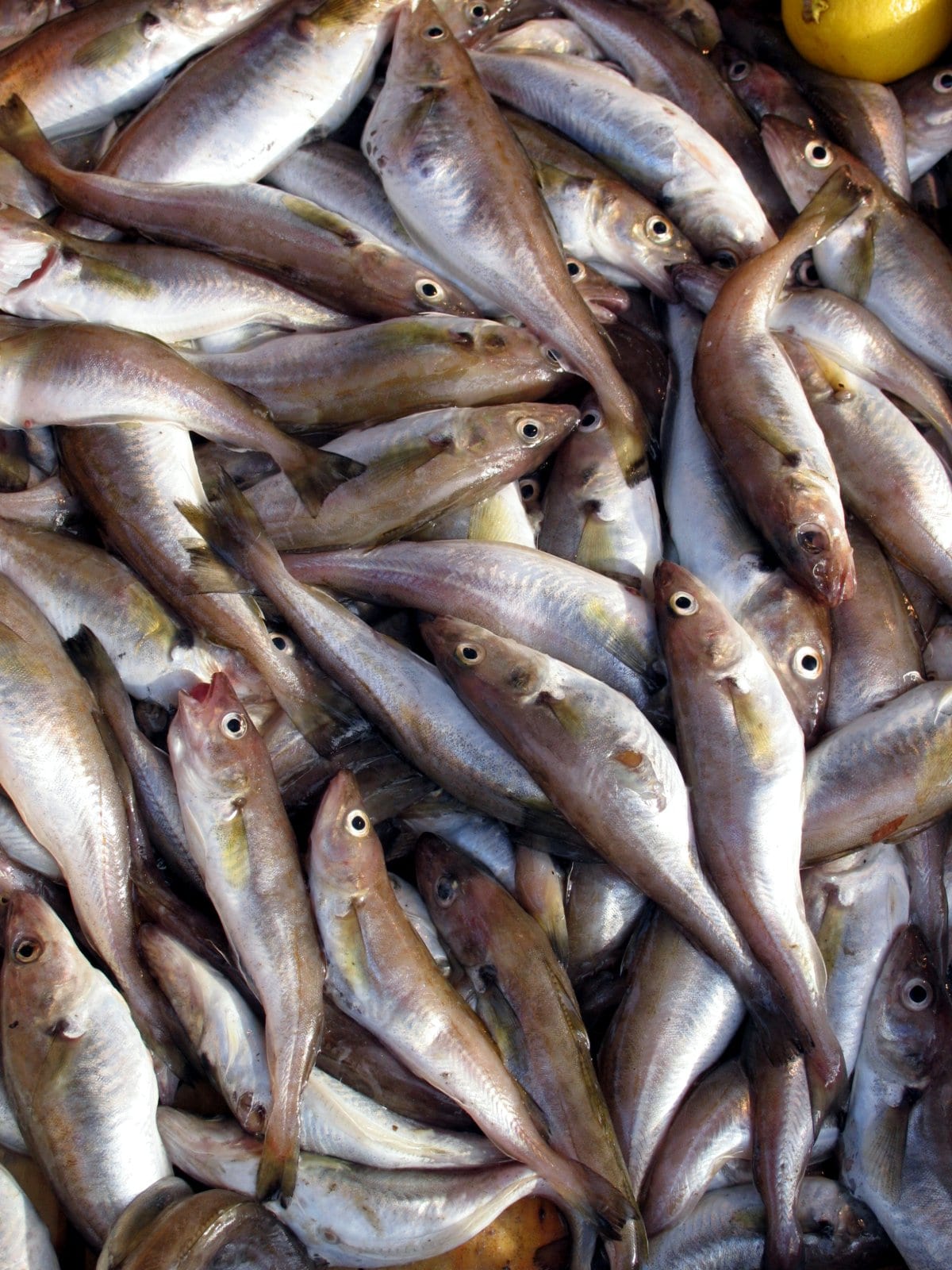Egypt’s Soy Excellence Center Celebrates First Anniversary
- Category:
- Aquaculture
- General News

USSEC Middle East/North Africa (MENA) organized an aquaculture production and management webinar to mark the first anniversary of Egypt’s Soy Excellence Center (SEC) on September 23. Eighty leading fish producers and aquaculturists from the MENA region took part in the four-hour webinar, which discussed key, critical topics including genetic improvement for boosting fish production; hatchery design and management; fishpond management; and intensification technologies.
Mariano Beillard, Senior Agricultural Attaché, U.S. Department of Agriculture’s (USDA) Foreign Agricultural Service (FAS); Professor Salah Eldin Mesalhy Aly, Chairman, General Authority for Fish Resources Development (GAFRD); and Brent Babb, USSEC Regional Director – EU/MENA provided opening remarks.
Babb extended his congratulations, thanking the MENA cooperators for the work and planning in the SEC’s first year. “It’s been a complicated year,” he said, “but working together we had a very productive first year in the Soy Excellence Center and a great year for U.S. soy exports in Egypt and the region.
Egypt is the third largest soybean export market for U.S. farmers and the entire MENA region shows 16% growth, importing more than 5.5 million metric tons (MMT). Babb also thanked Beillard for taking part in the virtual celebration and for the continued support provided by FAS.
Beillard, conveying greetings on behalf of USDA Secretary Sonny Perdue, said, “As the U.S. Embassy’s Senior Regional Agricultural Attaché, I encourage you to take a closer look at Egypt because of its positive economic growth track record, diversified economy, an ambitious economic reform and development agenda, strategic location straddling three continents, and a network of well-developed business associations. Egypt is the largest export market in Africa and the Middle East for U.S. agriculture.”
In 2019, U.S. exports of food and agricultural products to Egypt reached $1.59 billion, up 100% compared to a low of $795 million in 2017. U.S. soybeans led export growth in value in 2019, reaching $995 million. Through July 2020, U.S. soybean exports to Egypt were up 65 percent at $834 million and are contributing positively to $1.2 billion in food and agricultural product exports, which are now up 22%. With expanded crush capacity, Egypt is shifting to greater imports of soybeans for local processing into value-added products such as soybean meal and oil.
Beillard went on to explain how USSEC works with local aquaculture feed and poultry companies to incorporate U.S. soybeans in feed mixes, conducting multiple workshops and seminars to promote the use of soy. He said Egypt has come a long way in terms of aquaculture and that the Egyptian aquaculture feed industry currently counts no less than 73 privately-owned feed mills, providing 90 percent of aquaculture feed, which are increasing Egypt’s soybean imports, thanks to expanded local crush capacity.
The local Egyptian industry produces high protein-based soybean meal for the domestic feed industry, as well as high-quality crude oil for the refining sector. At the same time, this industry provides investment and employment opportunities.
“Egyptian traders and crushers demand sustainability and quality of supply,” Beillard highlighted, “both of which are key features of U.S.-origin soybeans.” He went on to say that Egyptian industry representatives find that the meals produced locally from U.S.-origin soybeans show better uniformity, less fiber, and are more nutritive than that of other origins.
Egyptian aquaculture feed production is shifting away from conventionally pelleted feeds to extruded feeds; the latter now accounts for 65 to 70% of the aquaculture feed in the market. The most common fish feed formulations contain 35 to 40% soybean meal combined.
Presentations included “Genetic Improvement Programs: A Way to Boost Fish Production from Aquaculture” from World-Fish Professor Nabil Ibrahim; “Tilapia Hatchery Design and Management; Techniques of Producing All-Male Tilapia” by Engineer Ahmad El-Sharaky; “Fishpond Management; Daily Management Practices” from Dr. Diaa Kenway, World-Fish; and “Innovative Intensification Technologies of Fish Production” by Dr. Mohamed El-Gazar.



